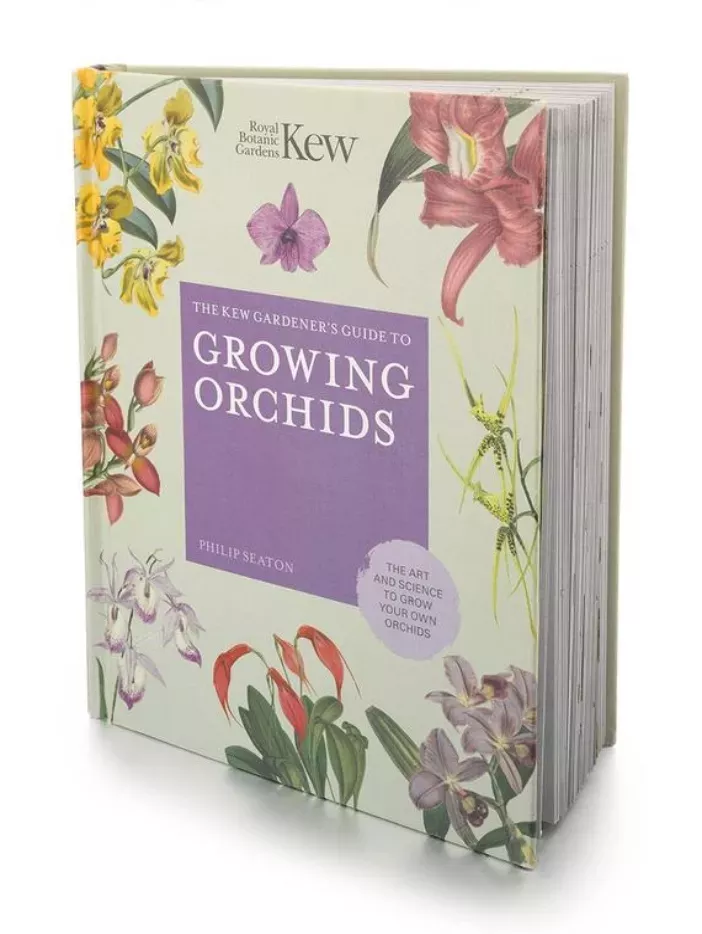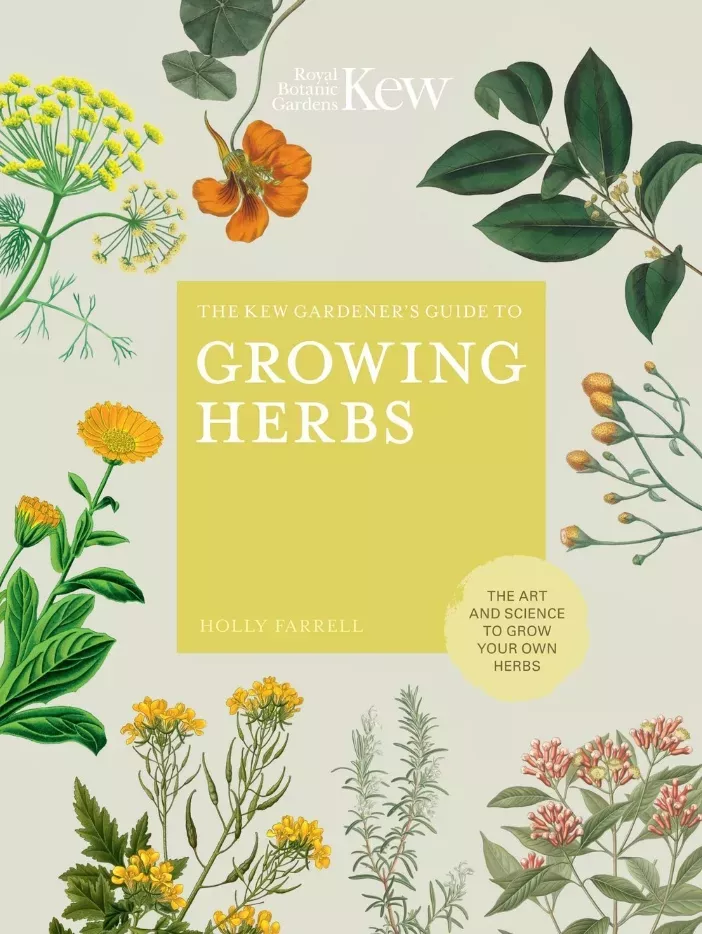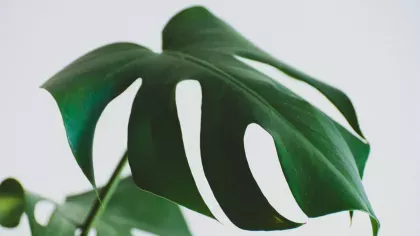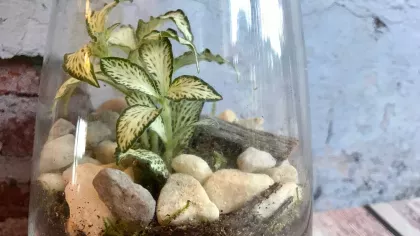20 April 2021
How to: Spring clean your houseplants
With spring in full swing, it’s time to spruce up your houseplants. Here’s how.

Spring has sprung, so you may be 'Marie Kondo-ing' your life, but did you know your houseplants could also do with a spring clean?
Whether you have an Aloe vera on your windowsill, a flourishing Ficus in your living room, or your very own indoor jungle, now is the perfect time to give your houseplants some TLC as we enter their growing season.
Here are some top tips on how to freshen up your houseplants so they’re healthy and happy all year long.

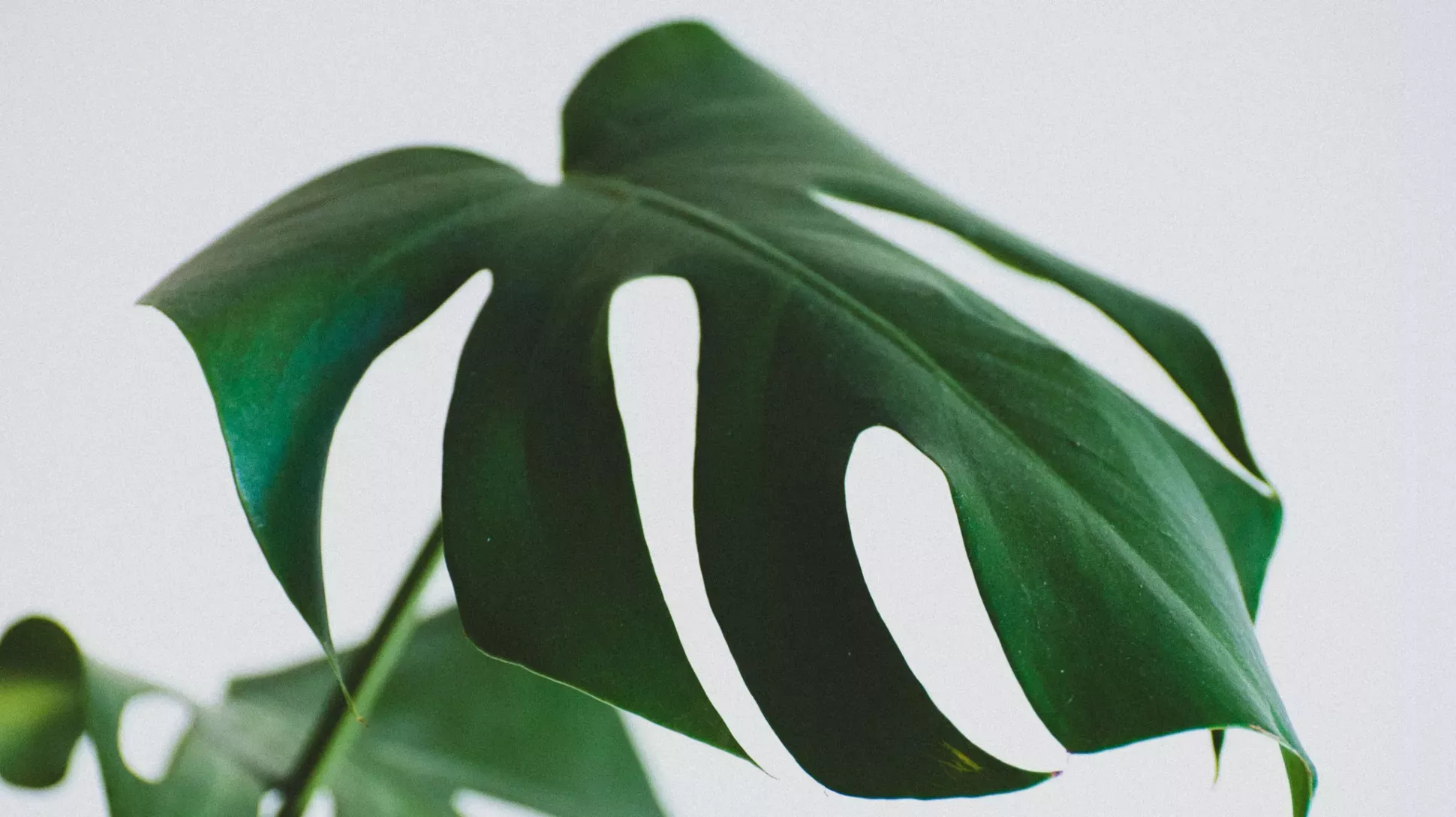
Pruning
Remove any dead leaves, flowers or stems from your plant using sharp, clean scissors or secateurs and get rid of any debris in the soil.
Only cut away the parts that are dead, they tend to be browning and dry; you should never pull anything off by hand.
This helps prevent rotting; deters pests and diseases; encourages new growth; and keeps your plants in shipshape.


Cleaning
Dust collects on the leaves of houseplants over time. This not only makes them look dirty, but also stops light from reaching the leaves and blocks their pores.
After a long winter, it’s time to freshen up your dusty plants.
For large, glossy leaves, wipe the dust off using a clean, damp cloth. For hairy or prickly leaves, it is best to clean with a soft brush or cotton bud and you can use tweezers to remove debris like lumps of compost or gravel.
Plants with many narrow leaves, like palms, can be placed in your sink, shower, or bathtub, and cleaned with a gentle spray of water.
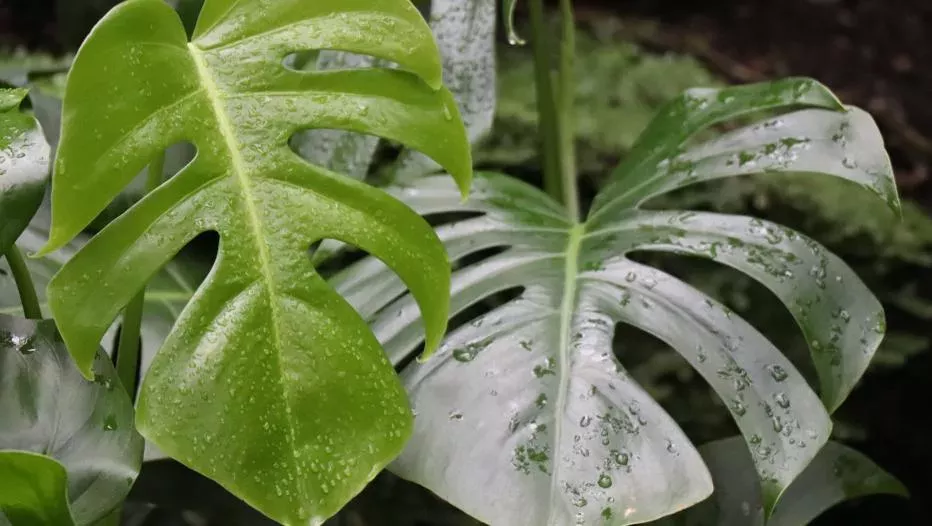
Repotting
Your houseplant will need repotting if it has outgrown its current pot and their roots reach the edge of the pot.
Tell-tale signs that it’s time for your plant to make the move, include when the roots start to appear through the drainage holes; the pot begins to bulge or split; or the plant generally shows signs of struggling.
Most plants are ready for a new, larger pot every 2-3 years and usually the best time to repot is early spring as the plant enters its growing season.
Water the plant the day before you plan to repot it.
Holding the plant around the base of the stem, gently ease it out of its pot, untangle its roots, and remove old compost.
Then place the plant in its new pot, which should be around 5cm larger and have proper drainage. The root ball should sit just 2cm from the top of the pot so add the appropriate amount of compost to the base of the pot to prop the plant up.
Fill the area around the plant with more compost, pressing it gently into place as you go along and then water the newly potted plant.
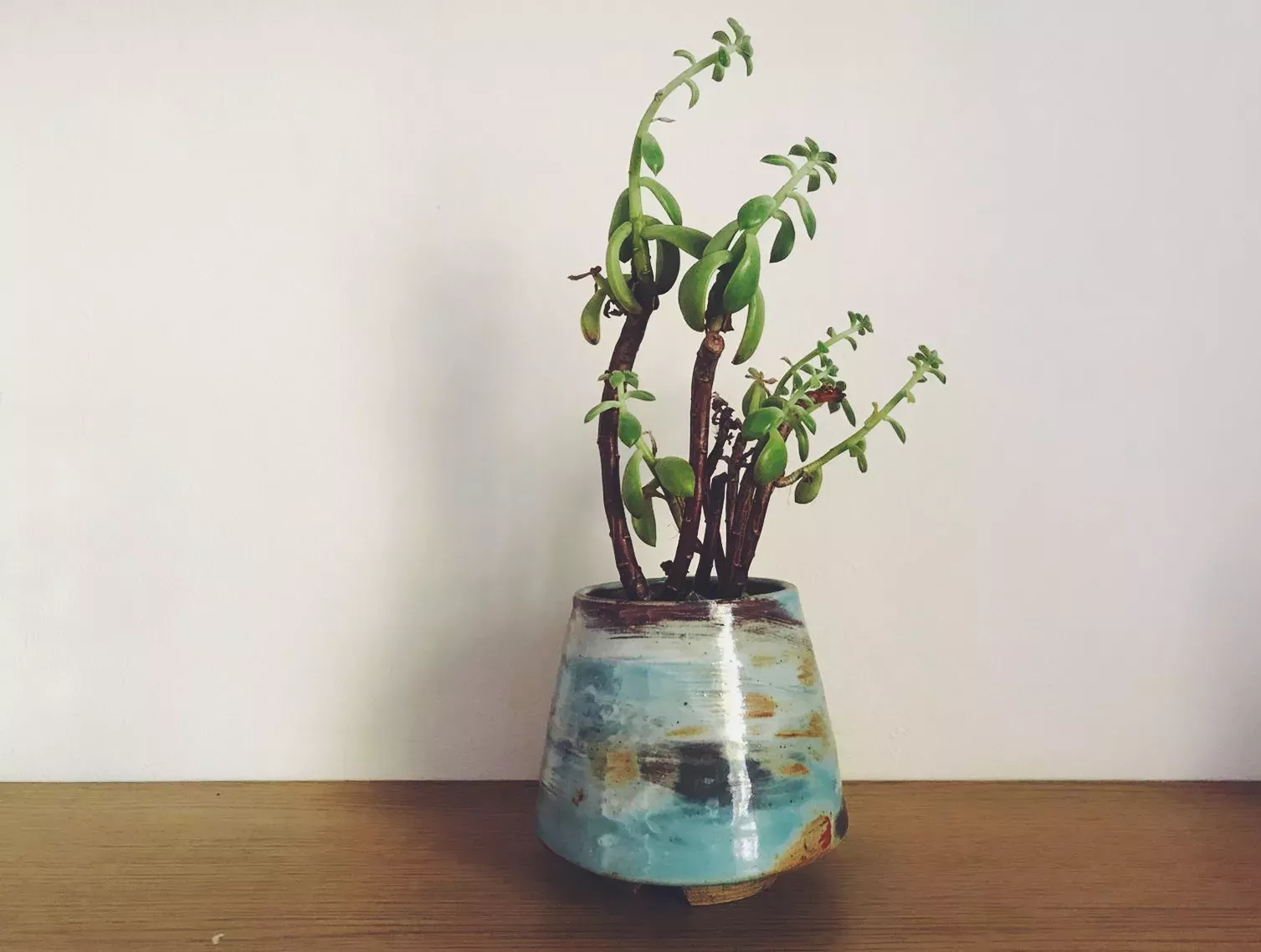
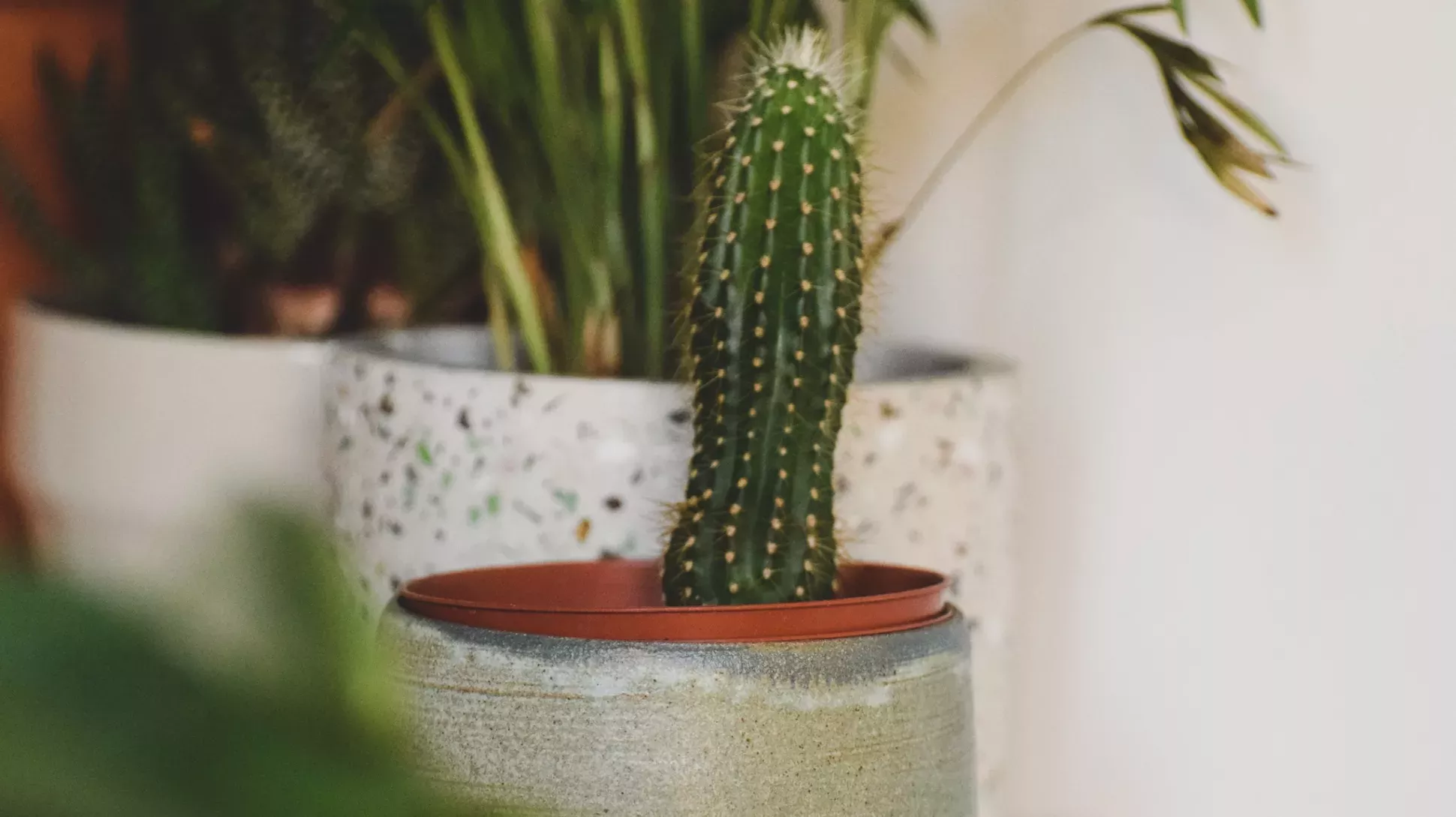
Refreshing
The spring spruce-up doesn’t need to stop once your houseplants have been pruned, cleaned and maybe even repotted.
Spring is often the time of active growth for your houseplants so don’t forget to feed them with the appropriate fertiliser.
You can topdress your plants that need a boost, or those that are too large to be repotted. To do this, use a trowel to remove the top 5 cm of compost. Add a slow-release fertiliser, followed by a fresh layer of compost, and settle everything in with water.
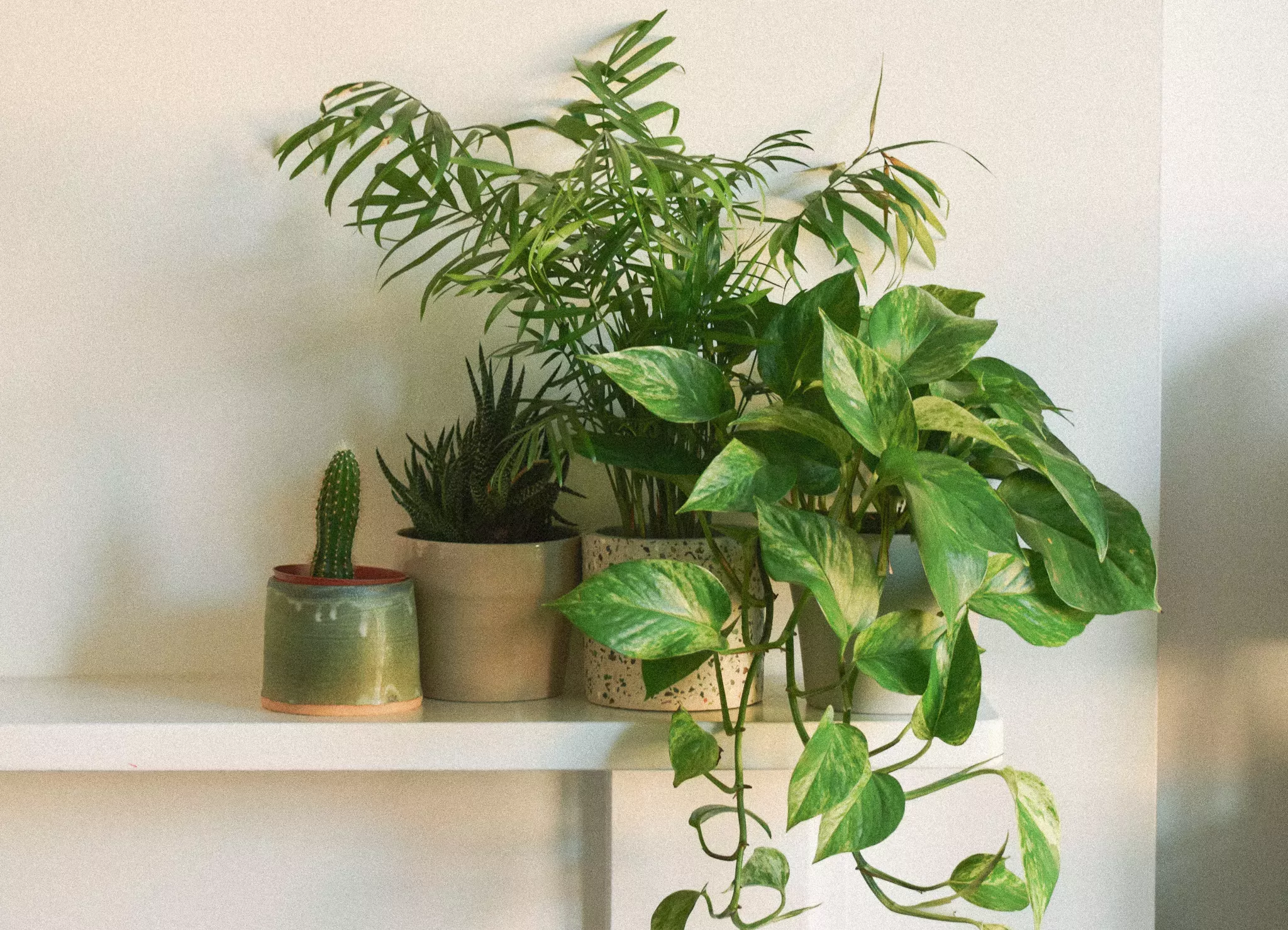
Plants are for life, not just for lockdown
Many of you may have bought new houseplants in the first national lockdown. It’s important that we remember not to abandon them as we emerge from (hopefully) the last.
Follow these top tips to keep your trusty green companions thriving by your side as we enter the season of new beginnings.

